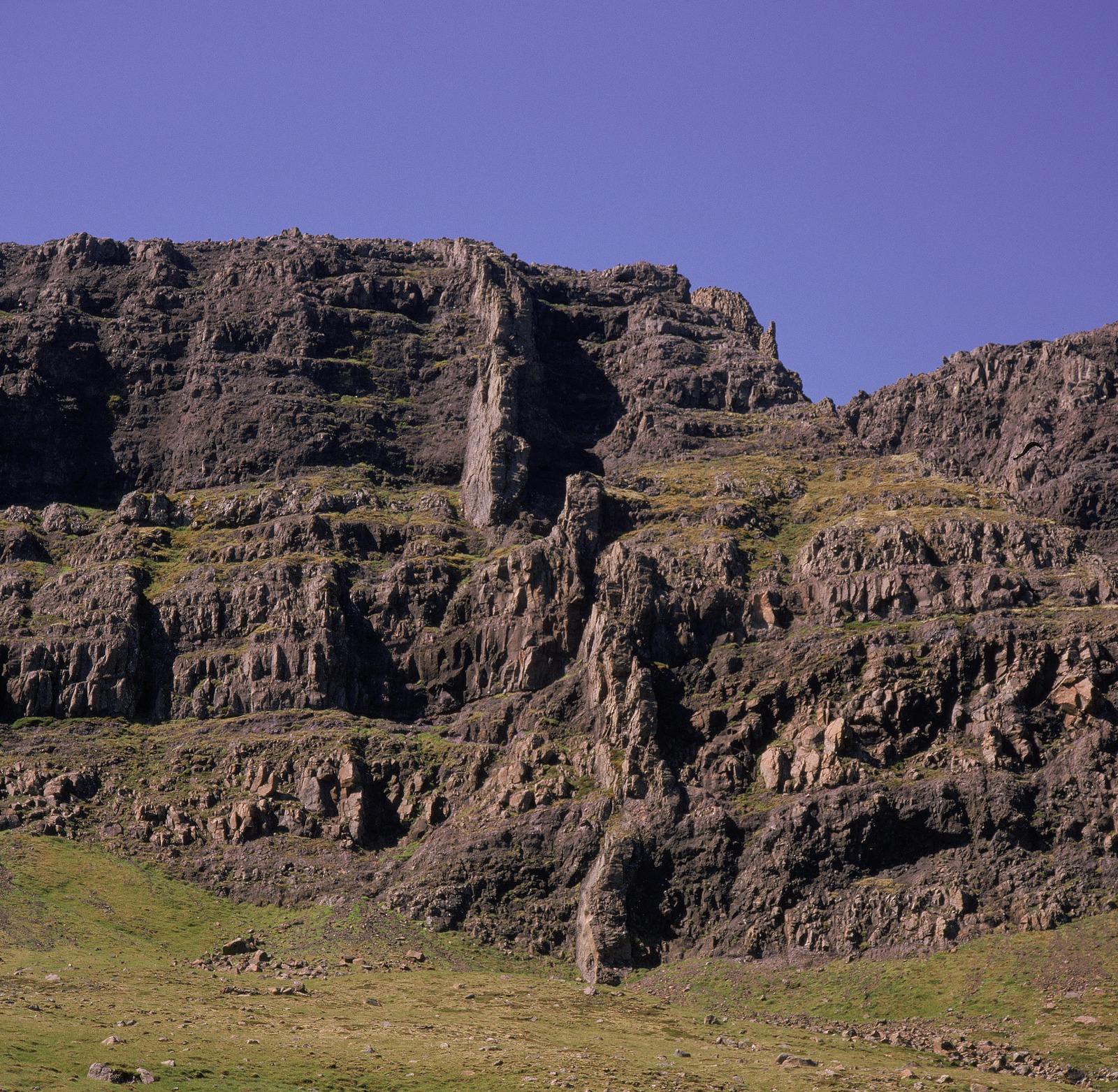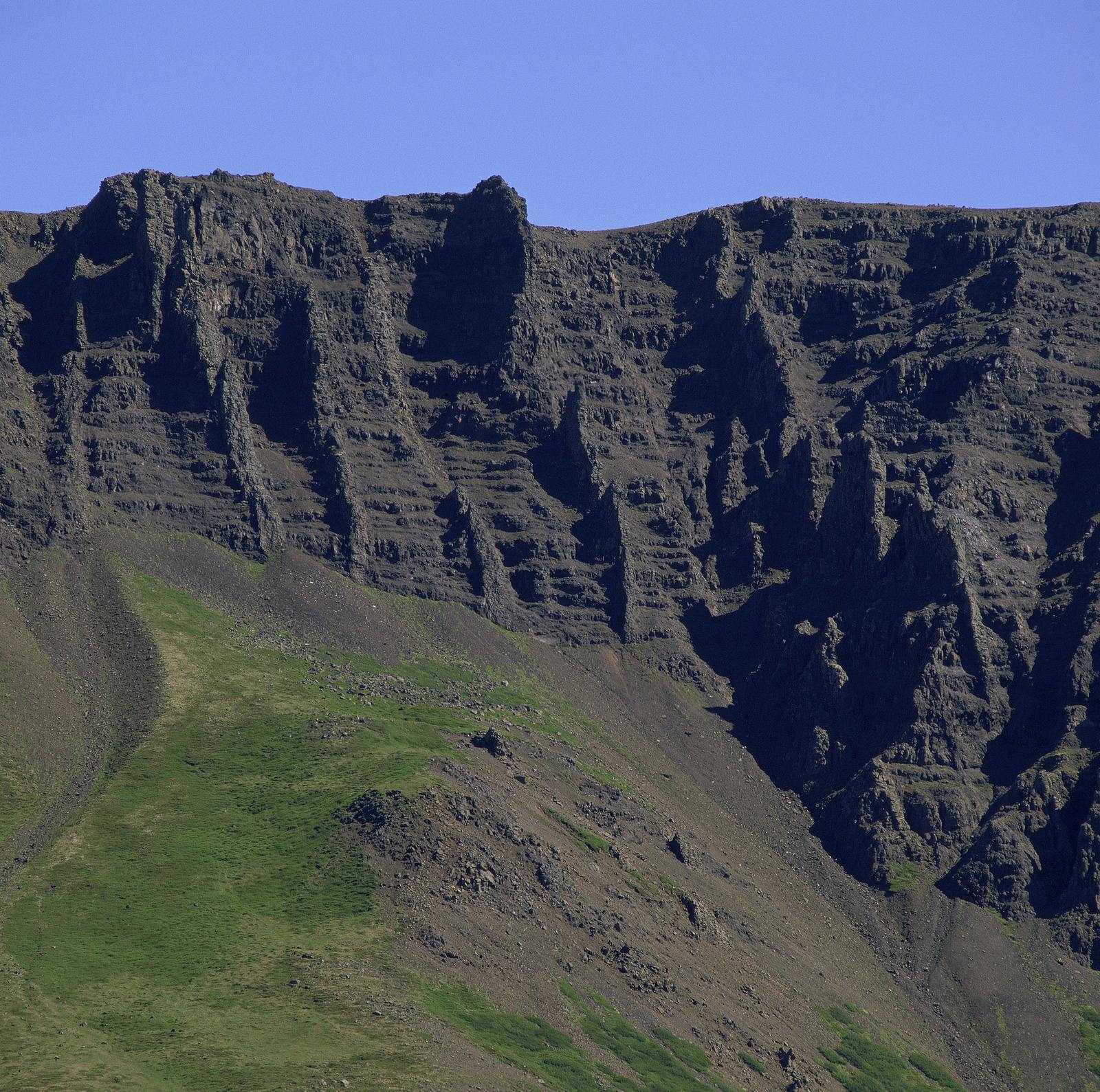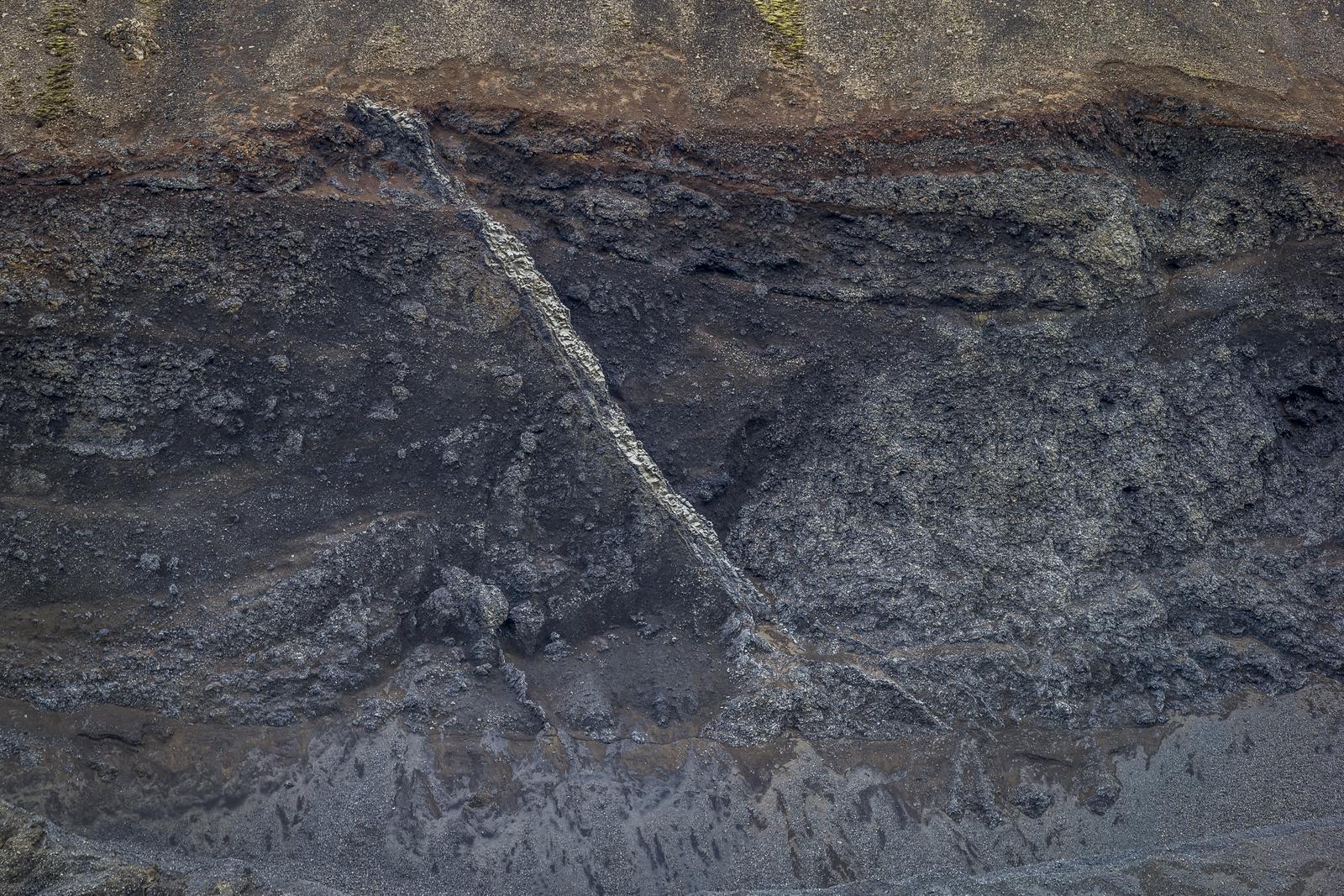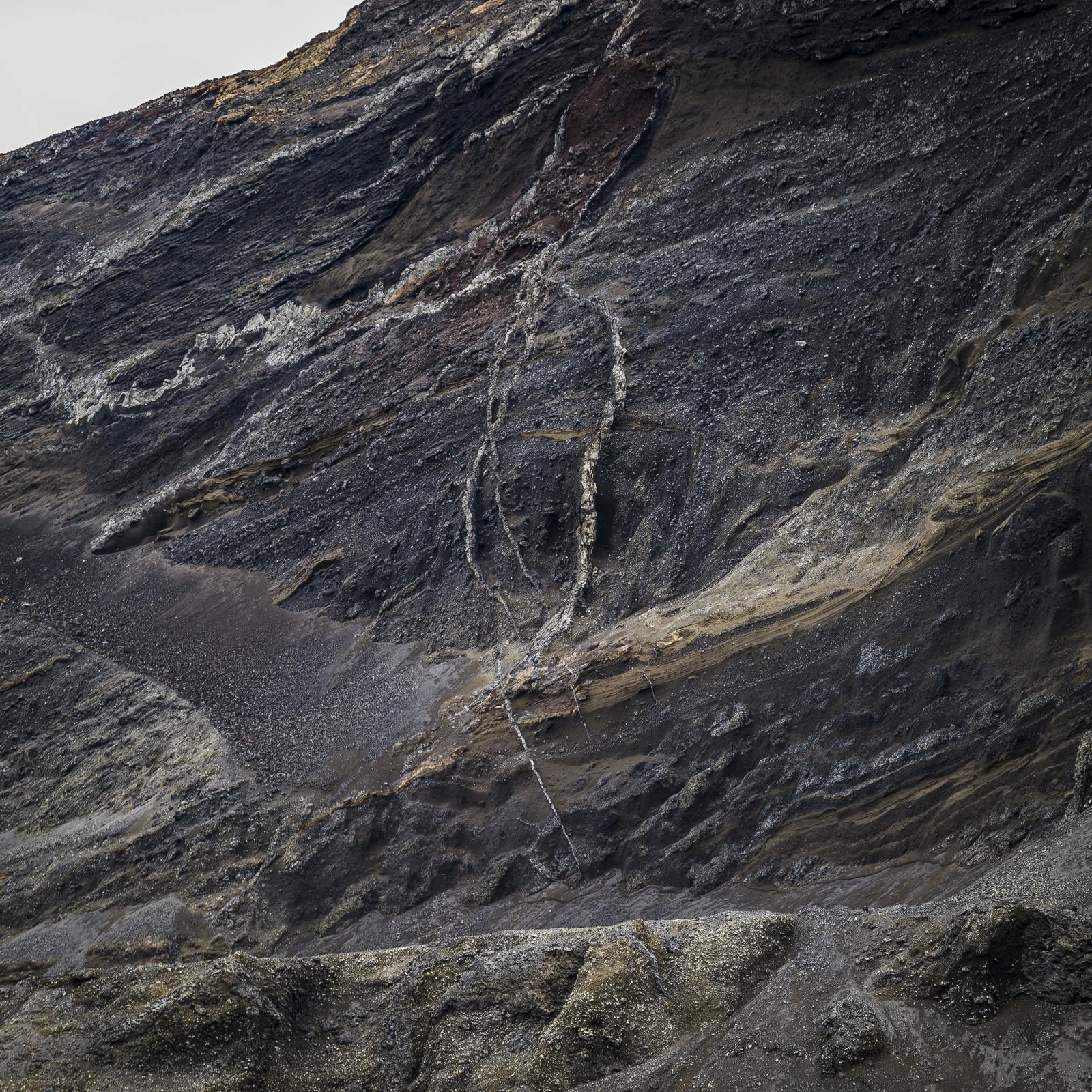
What is the Richter Scale?
The Richter Scale was created by Charles F. Richter in 1935; it’s a logarithmic scale used historically to quantify the magnitude of an earthquake. This scale has been essential in seismology, helping scientists and the general public understand the power behind the earth-shaking events we experience.
In regions like Iceland, where seismic activity is rampant due to its unique geological setting, understanding and utilising the Richter Scale is crucial for disaster preparedness and research. This blog will delve into how the Richter Scale works, its importance, and its application in the context of Iceland’s frequent seismic activities.

What is the Richter Scale?
The Richter Scale measures the magnitude of an earthquake, which reflects the seismic energy released by it. Developed as a mathematical tool, it uses logarithms to quantify the size of earthquakes in a way that can be easily communicated and understood. The scale is logarithmic, meaning that each whole number increase on the scale represents a tenfold increase in measured amplitude and roughly 31.6 times more energy release.
How Does the Richter Scale Work?
The Richter Scale's workings begin with seismographs detecting seismic waves. These instruments record the amplitude of the waves, which is then input into a logarithmic formula to determine the magnitude. The original formula, intended for use in California using a particular type of seismograph, has been adapted globally and modified for use with other instruments and regional conditions.

Significance of the Richter Scale
The Richter Scale’s primary significance lies in its ability to provide a uniform measure of earthquake size. This uniformity is crucial for comparing earthquakes from different times and locations. By quantifying the energy released, the scale helps assess potential damage, plan emergency responses, and design buildings and infrastructure that can withstand seismic forces.
The Richter Scale in Iceland
Iceland’s position on the Mid-Atlantic Ridge makes it a hotspot for geological activities, including frequent earthquakes and volcanic eruptions. The use of the Richter Scale in Iceland is vital for several reasons:
Monitoring and Research
Iceland’s extensive network of seismographs routinely measures seismic activity using scales like the Richter. This data is critical for geological research, especially in understanding the dynamic processes of divergent tectonic plates.

Public Safety and Preparedness
By quantifying the magnitude of earthquakes, authorities can quickly assess potential impacts, communicate risks to the public, and mobilize emergency responses effectively.
Building Codes and Infrastructure
Understanding the magnitude of typical earthquakes in the region allows for better engineering practices and building codes that can mitigate the effects of earthquakes on structures.
Evolution and Current Use
While the Richter Scale was revolutionary at its inception, modern seismology has primarily transitioned to using the Moment Magnitude Scale (Mw) for greater accuracy in estimating the energy released by earthquakes, especially for significant events. However, the term “Richter Scale” remains widely used in the media and public discourse to refer to earthquake magnitudes.

Learn About Iceland’s Unique Geology at Perlan in Reykjavík
Perlan’s’ Forces of Nature exhibition allows visitors to feel the raw power of volcanoes, earthquakes, and geothermal energy that powers Iceland. In the heart of Reykjavík, guests can learn about the tectonic plates, earthquakes and volcanoes that form when heat and pressure build up beneath the earth’s surface. The earth’s weak points tend to be along fault lines where tectonic plates converge or diverge, as in Iceland’s’ case. The exhibition is a unique, family-friendly museum experience that entertains and informs.
Iceland is one of the most volcanically active regions in the world — if you’re curious which ones are still rumbling, explore the active volcanoes in Iceland.

FAQ
Why is it important to study Richter Scales?
The Richter Scale has been a fundamental tool in the field of seismology, providing essential data that has shaped our understanding of earthquake dynamics. In Iceland, where seismic activity is part of daily life, this scale helps monitor, prepare for, and respond to earthquakes effectively. Understanding how this scale works and its applications not only aids in scientific endeavours but also enhances public safety and infrastructure resilience.
Does the Richter Scale go from 1 to 10?
The Richter scale does not have an upper limit and is not capped at 10. It is a logarithmic scale, which means each whole number increase represents a tenfold increase in the amplitude of the seismic waves and roughly 31.6 times more energy release. Very large earthquakes can exceed a magnitude of 10, although this is extremely rare.
What does the Richter Scale measure?
The Richter Scale measures the magnitude of an earthquake, which reflects the amount of seismic energy released by the earthquake. This measurement helps in comparing the size of earthquakes irrespective of where they occur.
How does the Richter Scale work?
The Richter Scale uses a mathematical formula that calculates magnitude based on the logarithm of the amplitude of waves recorded by seismographs. Adjustments are made based on the distance between the seismograph and the earthquake epicentre, ensuring that the measurement reflects the earthquake’s true strength regardless of where the seismograph is located.







